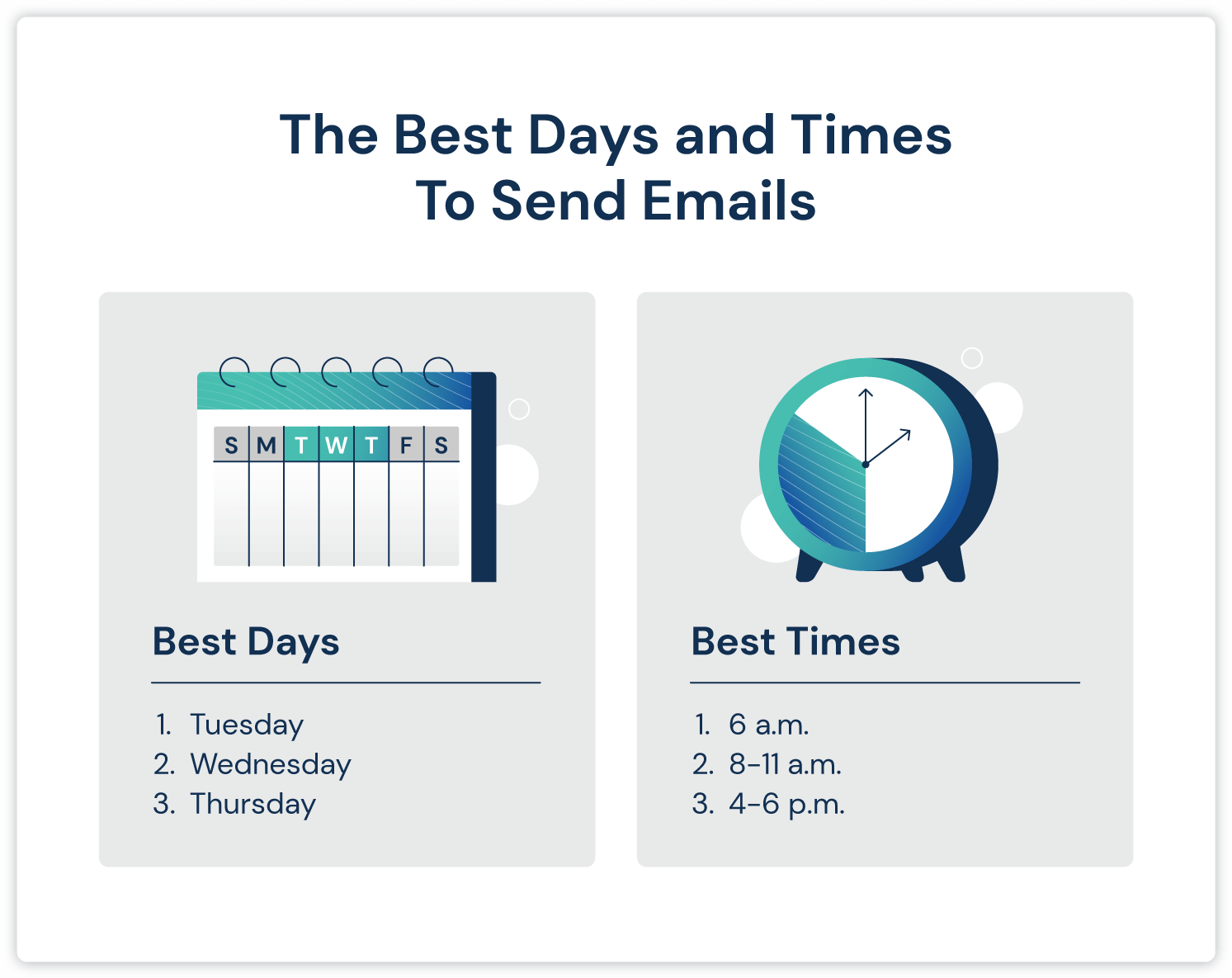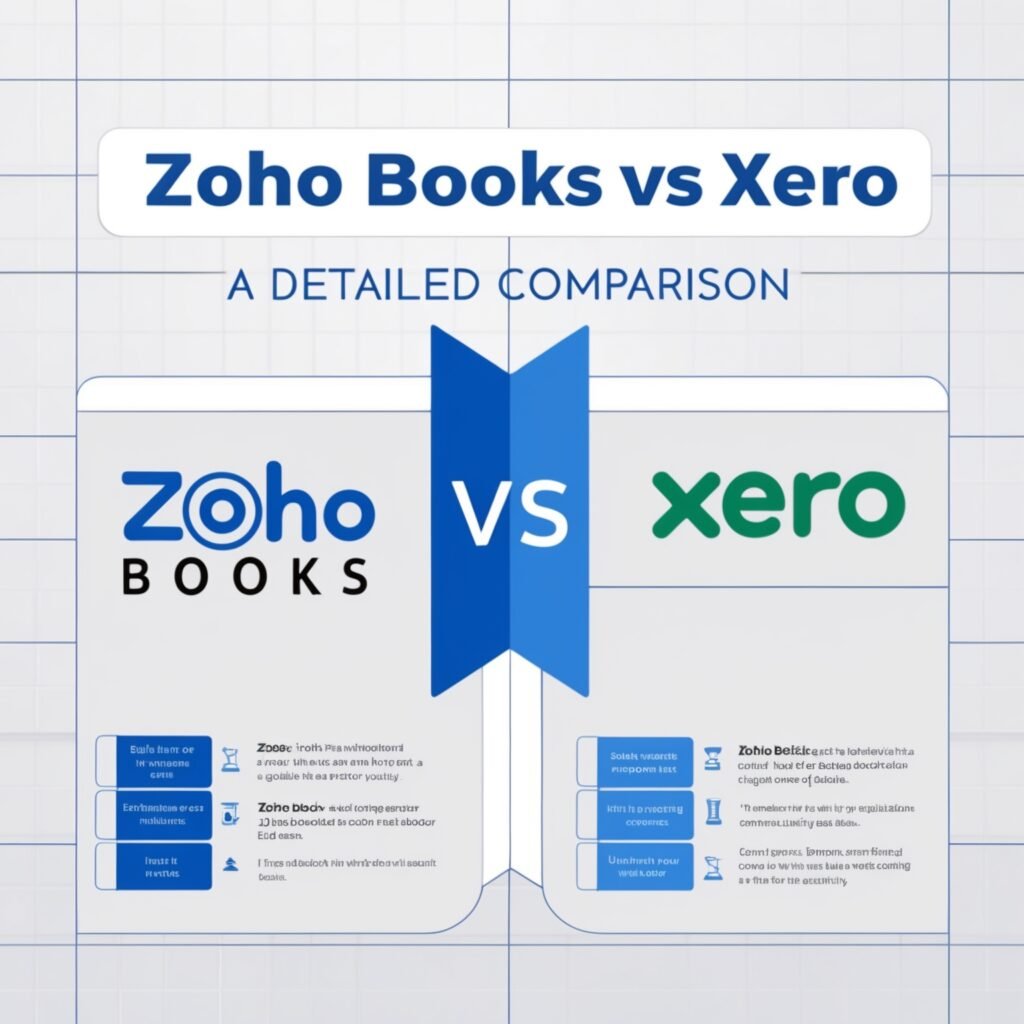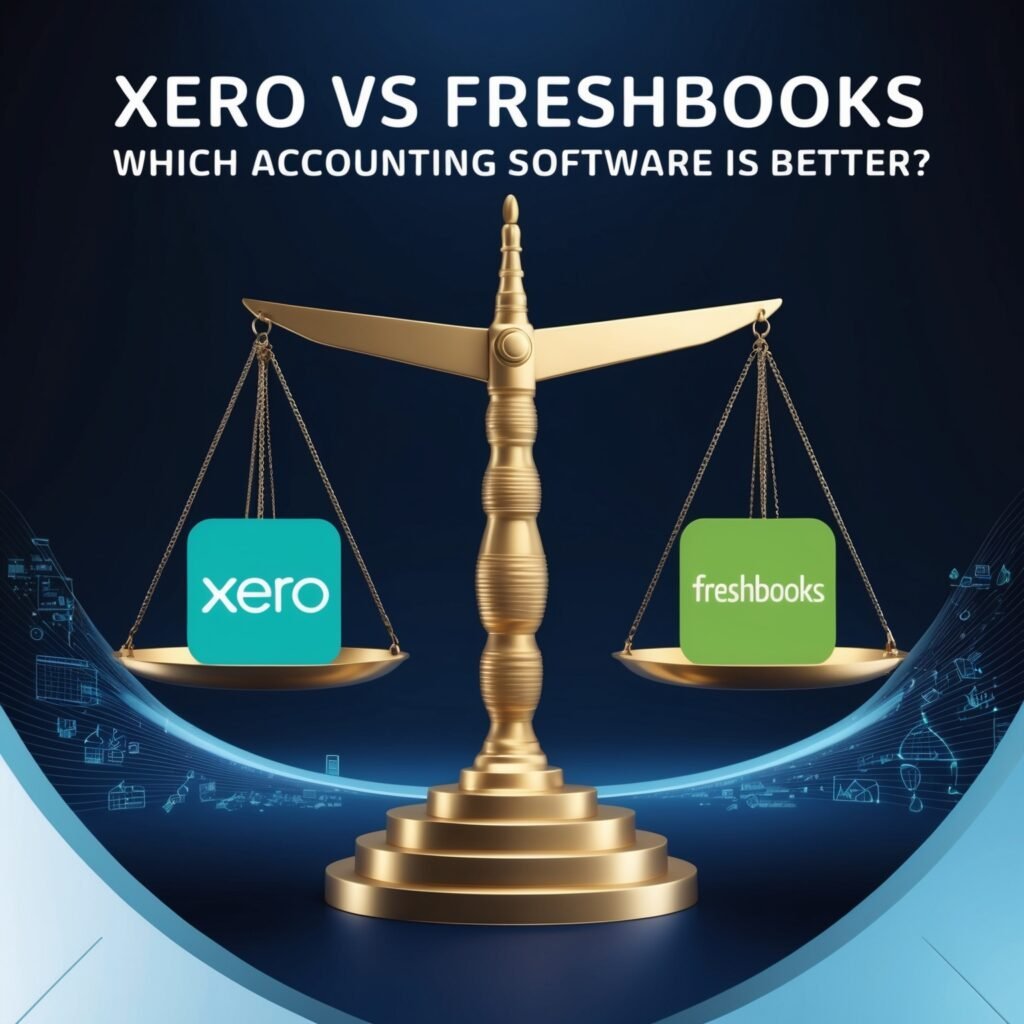Sending your email at the right time can boost engagement. So, when is the best time to send email marketing?
Timing is crucial in email marketing. You want your message seen and read. But finding the perfect time can be tricky. Different audiences have different habits. What works for one group may not work for another. Studies show that certain times and days get better responses.
But these are general guidelines. Your best time depends on your audience. Their behavior, lifestyle, and preferences matter. Understanding your audience is key. In this blog, we’ll explore factors that influence the best time to send emails. Plus, we’ll share tips to help you find your ideal sending time. Let’s dive in!

Credit: mailshake.com
Importance Of Timing
The timing of your email marketing campaign can greatly affect its success. Sending emails at the right time can boost your engagement. You can increase your open rates, click-through rates, and overall ROI. Timing is crucial in reaching your audience when they are most receptive.
Impact On Open Rates
Open rates measure how many recipients open your email. The timing of your email can influence this rate. Studies show that emails sent early in the week perform better. Monday and Tuesday mornings often show higher open rates.
Also, consider the time of day. Sending emails during working hours can be effective. Many people check their inboxes in the morning. Aim to send your emails around 9 AM for better visibility. Avoid late-night emails. They often get buried under other messages.
Effect On Click-through Rates
Click-through rates (CTR) are crucial for email marketing. They measure how many people click on links within your email. The timing of your email can impact CTR. Emails sent on Tuesday and Thursday show higher CTRs.
Also, consider the audience’s behavior. B2B audiences may prefer morning emails. B2C audiences might engage more in the evening. Tailor your timing based on your audience’s habits. Test different times to find what works best for your campaign.

Credit: coschedule.com
Understanding Your Audience
Understanding your audience is crucial for successful email marketing. Knowing their preferences and behaviors can guide your strategy. Tailor your emails to fit their needs. This increases the chances of engagement and conversions.
Segmenting Your Audience
Segmenting your audience means dividing them into smaller groups. Each group has specific traits or behaviors. This helps you send personalized emails. Use data like age, location, and purchase history. Sending relevant content keeps your audience interested.
Analyzing Behavior Patterns
Analyzing behavior patterns involves studying how your audience interacts with your emails. Look at open rates, click rates, and time spent reading. This information reveals their preferences. Adjust your email timing based on this data. Send emails when they are most likely to engage.
Optimal Days To Send Emails
Choosing the right day to send email marketing campaigns can impact their success. Understanding the best days to send emails can increase open rates and engagement. This section explores the optimal days to send emails for both B2B and B2C businesses.
Weekday Vs Weekend
Most people check their emails on weekdays. Monday through Friday are ideal for sending emails. Weekends are less effective as people are often busy or away from their inboxes. Focusing on weekdays can lead to better results.
Best Days For B2b And B2c
B2B emails perform well on Tuesdays and Thursdays. Professionals are more likely to open emails on these days. Mondays can be hectic, and Fridays are too close to the weekend.
B2C emails are best sent on Wednesdays and Thursdays. Consumers are more likely to engage with promotional content mid-week. Sending emails on these days can boost your chances of success.
Best Time Of Day
Determining the best time of day to send email marketing can boost engagement and conversions. Different times of day can yield varying results. Let’s explore the key periods to send your emails for maximum impact.
Morning Vs Afternoon
Morning sends often see high open rates. People check their emails soon after waking up. Between 9 AM and 11 AM, inboxes are not yet crowded. This means your email stands out more.
Afternoon sends, between 1 PM and 3 PM, also perform well. People return from lunch and catch up on emails. This period is effective for B2B audiences who check emails during work hours.
Evening Preferences
Evening sends target a different audience. People relax and check personal emails. Between 7 PM and 9 PM, engagement rates can be high. This time is perfect for B2C campaigns.
Late-night emails, after 9 PM, can work too. Night owls and busy professionals often check emails before bed. This timing can capture their attention.
Seasonal Considerations
Timing your email marketing campaigns can make a big difference. Understanding seasonal trends helps in reaching your audience effectively. Let’s explore how different seasons and events impact email marketing.
Holidays And Special Events
Holidays offer great opportunities to connect with your audience. People are more likely to shop and engage during these times. Plan your email campaigns around major holidays like Christmas, Thanksgiving, and Valentine’s Day. Special events such as Black Friday and Cyber Monday also see high email open rates.
Here’s a table of popular holidays and suggested times to send emails:
| Holiday | Suggested Time to Send Emails |
|---|---|
| New Year’s Day | Last week of December |
| Valentine’s Day | First week of February |
| Black Friday | Week before Thanksgiving |
| Christmas | First two weeks of December |
Seasonal Trends
Different seasons affect buying habits. Knowing these trends can help you plan better. For example, spring and summer often see a rise in travel and outdoor activities. Sending emails about travel deals or outdoor gear during these times can be effective.
In contrast, winter is a time for cozy indoor activities. Emails promoting home goods or winter wear perform well. Here are some seasonal trends to keep in mind:
- Spring: Travel deals, gardening supplies
- Summer: Outdoor gear, vacation packages
- Fall: Back-to-school products, Halloween costumes
- Winter: Holiday gifts, winter clothing
Adapting your email content to seasonal trends helps in staying relevant. It also boosts engagement and sales. Keep these considerations in mind when planning your next email marketing campaign.
A/b Testing Strategies
Understanding the best time to send email marketing campaigns can boost engagement. A/B testing strategies help identify the optimal times. These strategies involve creating test groups and interpreting results. Let’s dive into the details.
Creating Test Groups
Start by segmenting your email list into different groups. Each group should have a similar number of recipients. This ensures accurate comparisons. Assign each group a different email send time. For instance, one group may receive emails in the morning. Another group may get emails in the evening. Ensure the content remains the same for all groups.
Keep the test period consistent. Test for at least a week to gather enough data. Monitor open rates and click-through rates. These metrics will help determine the best time for your audience.
Interpreting Results
After the test period, analyze the data. Compare the open rates of each group. Identify the time slot with the highest engagement. Check the click-through rates as well. High click-through rates indicate strong interest.
Look for patterns in the data. Do mornings have better engagement? Or do evenings perform better? Use these insights to schedule future campaigns. Remember, consistent testing can refine your strategy.
Tools And Analytics
Understanding the best time to send email marketing campaigns requires using the right tools and analytics. These tools help track and analyze the effectiveness of your emails. Knowing what works can significantly improve your open and click rates.
Email Marketing Platforms
Choosing the right email marketing platform is crucial. Platforms like Mailchimp, Constant Contact, and Sendinblue offer various features to help you manage your campaigns. Here are some key features to look for:
- Scheduling Options: Send emails at optimal times based on user data.
- A/B Testing: Test different subject lines and content.
- Automation: Set up automated workflows to engage with your audience.
- Segmentation: Target specific groups within your email list.
These features can help you tailor your messages and send them at the best times for your audience.
Analyzing Performance Metrics
After sending your emails, it’s essential to analyze the performance metrics. Key metrics to monitor include:
| Metric | Definition |
|---|---|
| Open Rate | The percentage of recipients who open your email. |
| Click-Through Rate (CTR) | The percentage of recipients who click on links in your email. |
| Bounce Rate | The percentage of emails that could not be delivered. |
| Unsubscribe Rate | The percentage of recipients who opt out of your email list. |
These metrics provide insights into how your audience interacts with your emails. By tracking these, you can adjust your strategy for better results.
For example, if your open rate is low, consider improving your subject lines. If your CTR is low, review your email content and call-to-actions.
Use these tools and analytics to refine your email marketing strategy. Aim to send emails at times when your audience is most likely to engage.

Credit: www.linkedin.com
Adjusting Strategies
Understanding the best time to send email marketing campaigns is key. But it’s not enough to follow a one-size-fits-all approach. Adjusting strategies according to your audience’s preferences and behaviors is crucial. This flexibility will improve open and click-through rates.
Adapting To Audience Feedback
Listening to your audience is vital. Use surveys and feedback forms to learn about their preferences. This information can guide your email timing strategy.
Consider these methods to gather feedback:
- Conduct short surveys.
- Analyze email open rates.
- Check click-through rates.
Analyze the data you collect. Adjust your email timing based on these insights.
Continuous Improvement
Always aim to improve your strategy. Regularly review and adjust your email campaigns.
Use A/B testing to find the best times for your audience. This involves sending emails at different times and comparing the results.
Here are steps for effective A/B testing:
- Segment your audience.
- Send emails at different times.
- Compare open and click rates.
- Adjust your strategy accordingly.
By continuously improving, you’ll better meet your audience’s needs. This leads to higher engagement and more successful campaigns.
Frequently Asked Questions
What Is The Best Day To Send Emails?
The best day to send marketing emails is Tuesday. Studies show higher open rates on this day.
What Time Of Day Is Ideal For Email?
The ideal time to send emails is between 10 AM and 2 PM. This timeframe captures peak engagement.
Does Email Timing Affect Open Rates?
Yes, email timing significantly affects open rates. Sending emails at optimal times increases visibility and engagement.
How Often Should I Send Marketing Emails?
Sending marketing emails once a week is effective. It maintains engagement without overwhelming subscribers.
Conclusion
Choosing the best time for email marketing boosts open rates. Experiment with different times. Analyze your audience’s behavior. Weekdays often work well. Avoid weekends and holidays. Early mornings or evenings usually get better results. Test and adjust as needed. Track performance metrics regularly.
Consistency is key to building trust. Stay informed about trends. Effective timing improves engagement. Happy emailing!





